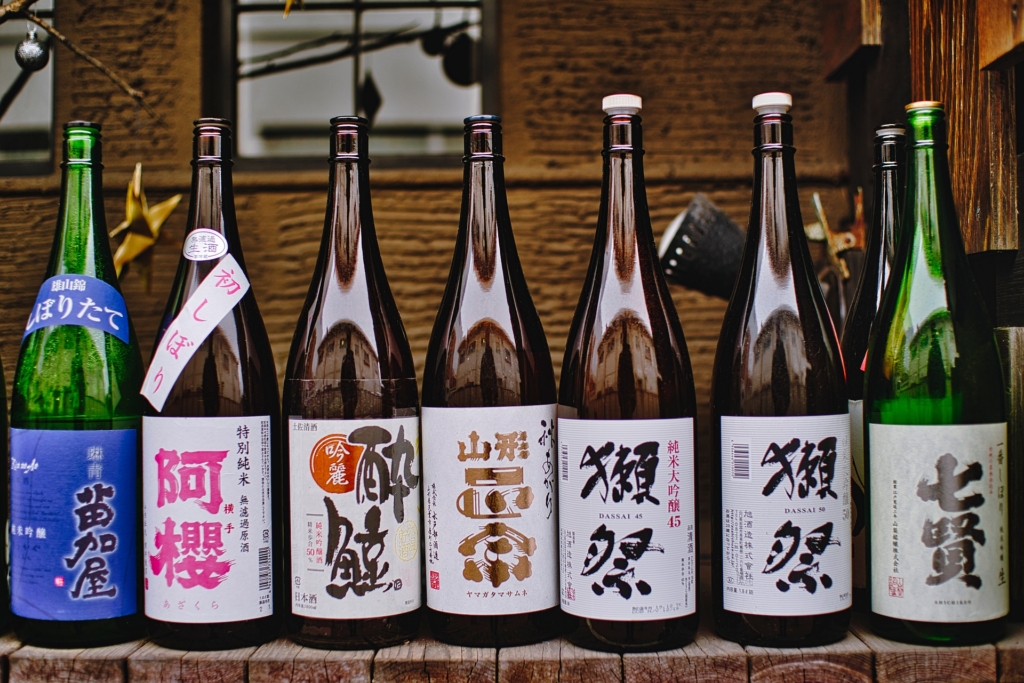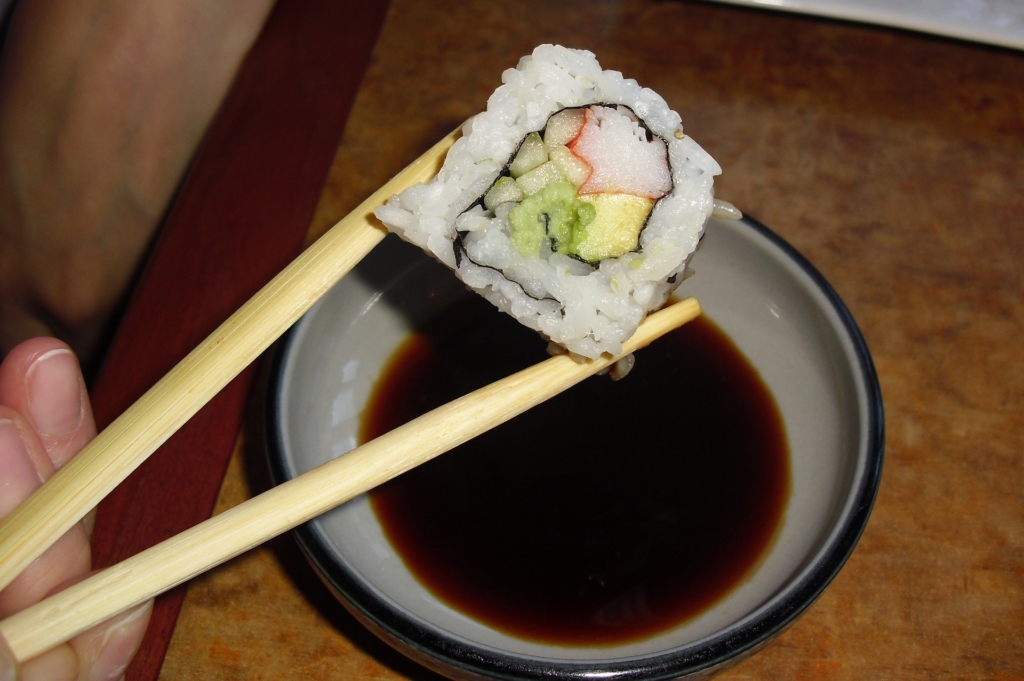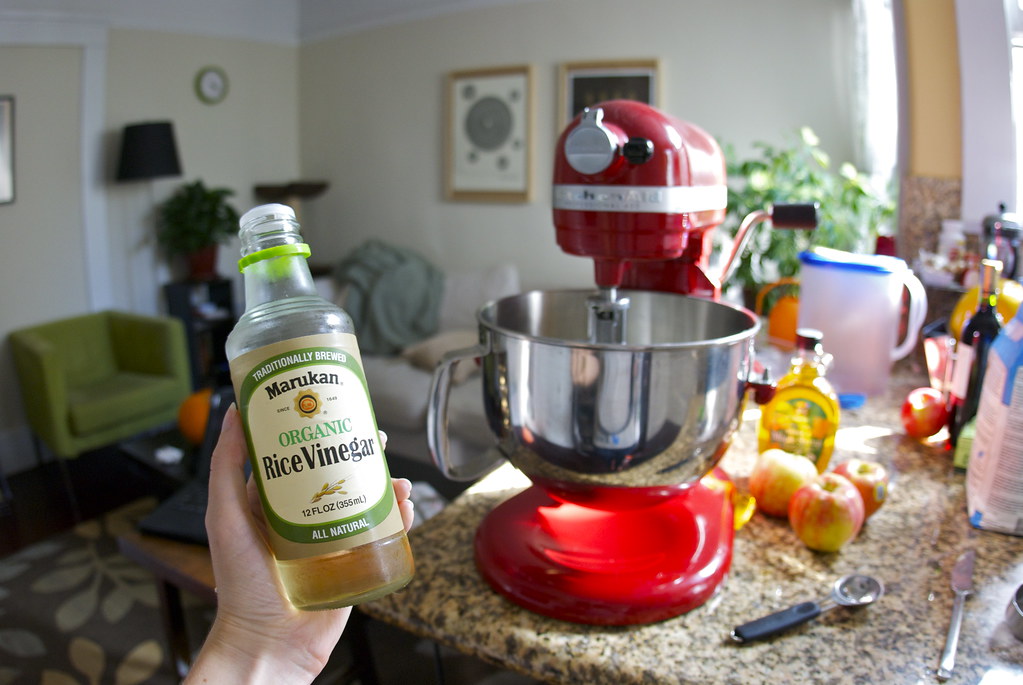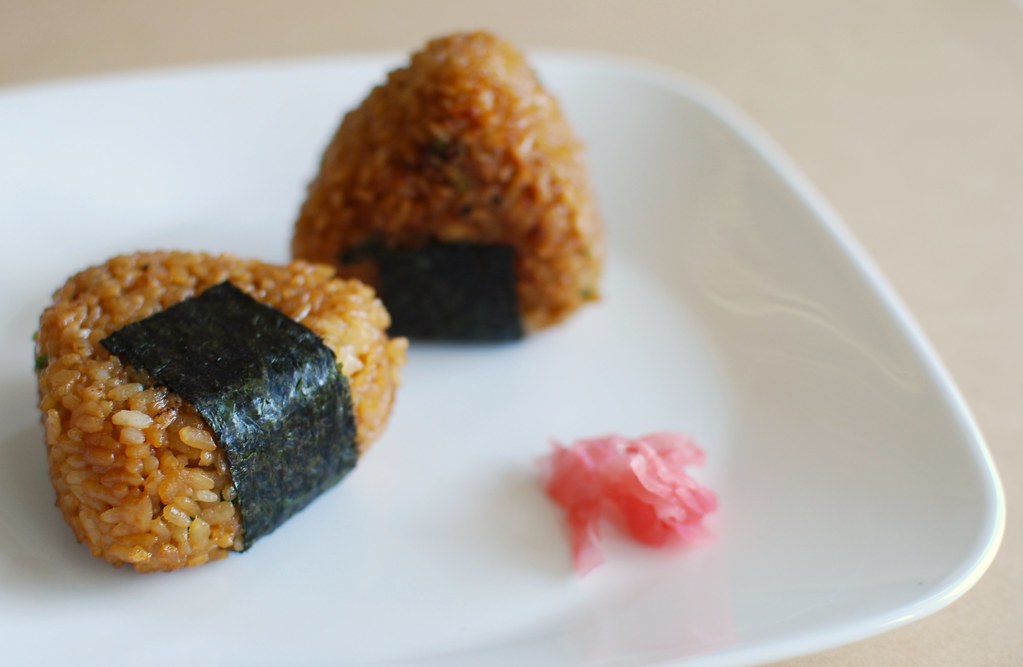Can you imagine a mold so popular and beloved that it has its own dedicated holiday? In your wildest dreams would you ever think a fungus could rise to a nationally recognized status? Well, my friends, that is koji. Koji day (National Fungus Day) in Japan is October 12th, and after reading this article we think you’ll be putting that date on your calendar!
What is Koji?
Koji really is a miracle mold. It is an ingredient responsible for countless, notable condiments, beverages, and seasonings. Koji (aka Aspergillus oryzae) is a naturally occurring mold discovered and coveted in Asia (and in Japan in particular). This fluffy white fungi loves grains, beans, and proteins. Koji is inoculated or grown on partially or fully cooked grains or legumes to kickstart the fermentation process, turning the grains into sugars and the proteins into amino acids. Koji imparts particular aromas and flavors to all the items it comes in contact with, turning ordinary foods into floral, yeasty, citrusy, or umami-packed, extraordinary ingredients.
All that Koji provides
Here are just 4 of the spectacular ingredients koji is responsible for:
1) Soybeans + Koji= Miso. Miso is a Japanese condiment prized for its savory-umami flavor.

2) Rice + Koji = Sake. Sake is the alcoholic beverage in Japan. An elegant, luxurious, sipping beverage on par with Champagne.

3) Soybeans + Wheat + Koji = Soy Sauce. Soy sauce, or shoyu, is one of the most popular condiments on the globe.

4) Rice + Koji + Acetic Acid = Rice Vinegar. A derivative of sake, rice vinegar is another fermented gift from koji.

The koji fun does not stop there! Chefs all over the globe are using koji in increasingly creative ways. Koji’s protein prowess and fermentation fundamentals (curing properties) are being used to make very tasty charcuterie. Koji-inoculated grains are being added to salt (shio-koji), creating an umami-bomb seasoning. Koji is being used to ferment vegetables, creating truly spectacular pickles with unique koji-infused aromatics and flavors. Bread! Koji is being used in bread making, working similarly to sourdough yeast starters.

Playing with Koji at home
You do not have to purchase airline tickets to acquire your own koji spores. Just like everything nowadays, koji is available online! Some gourmet grocers or Japanese markets may have koji starters available.
Feature Image: Flickr user fo.ol ( CC BY-SA 2.0 )



